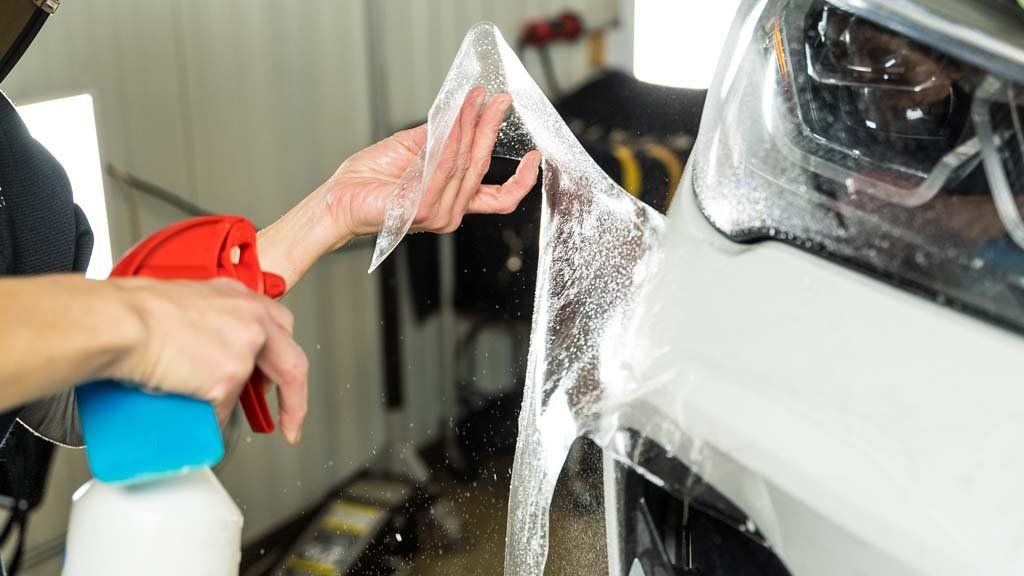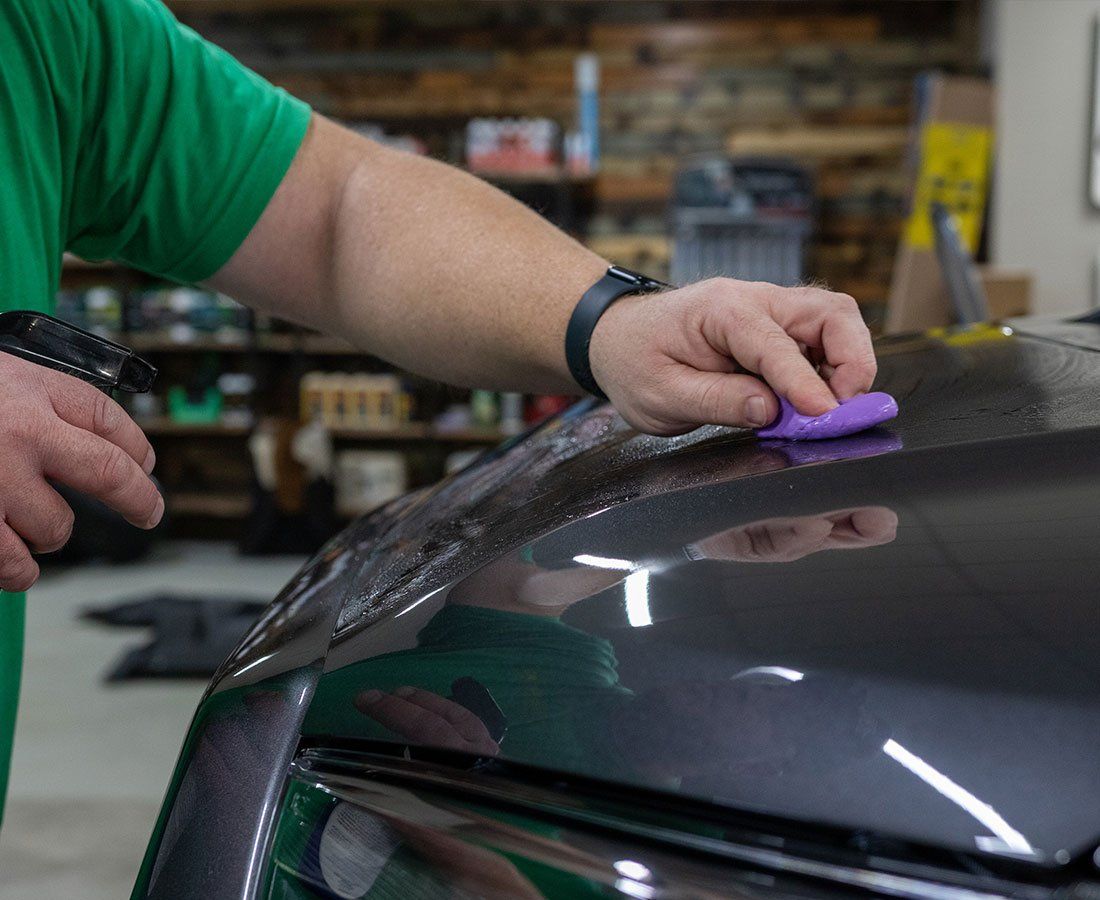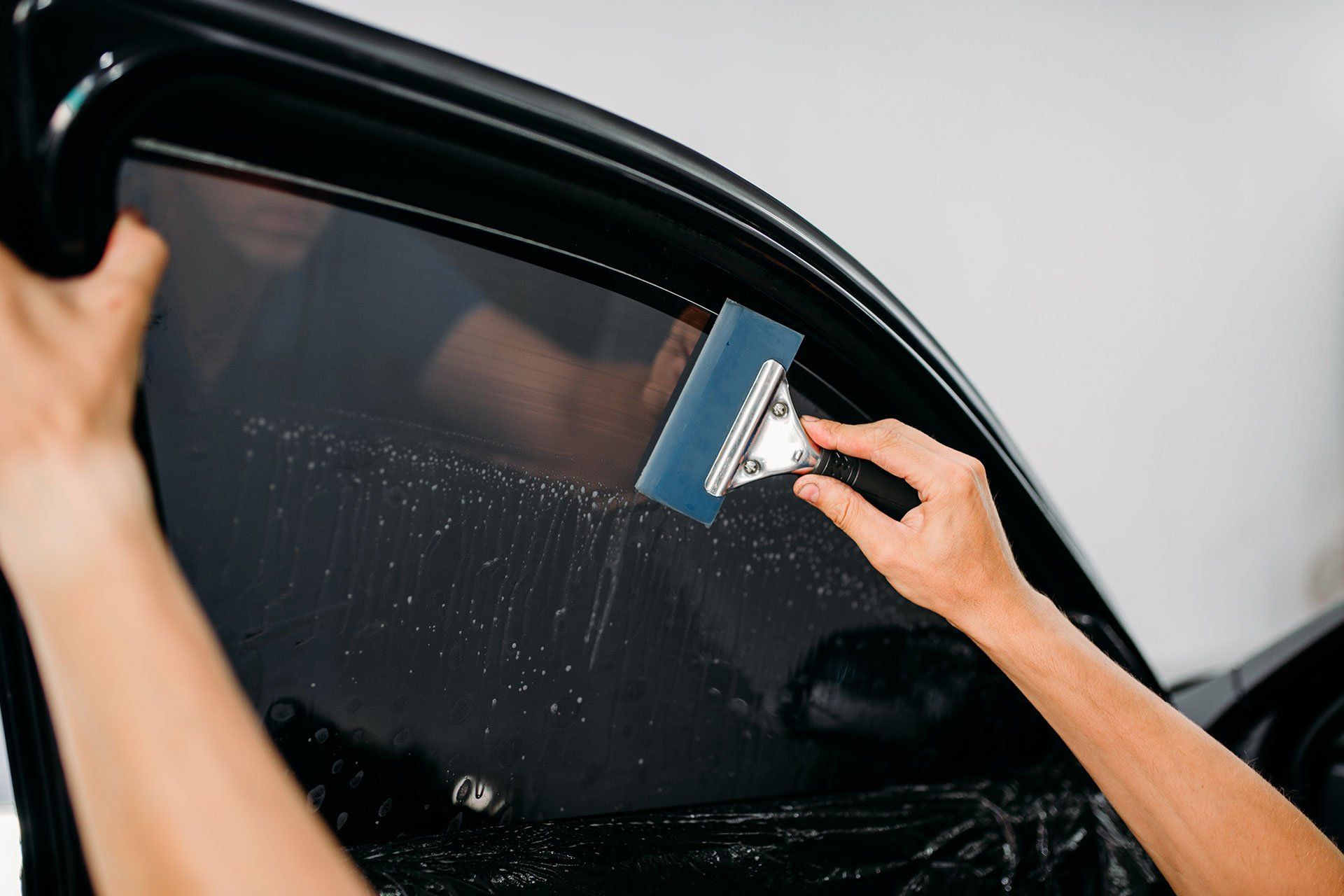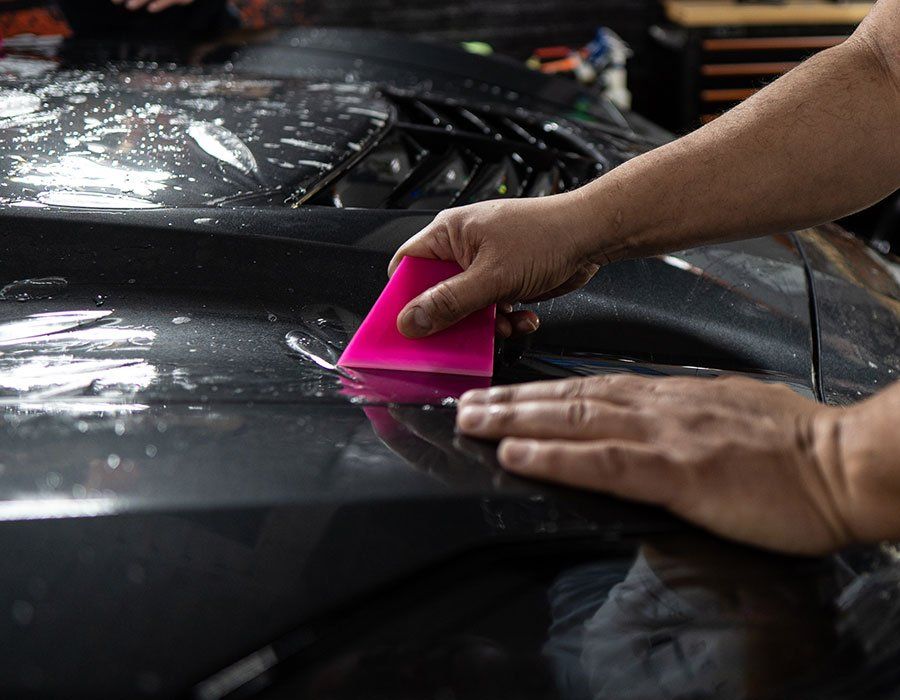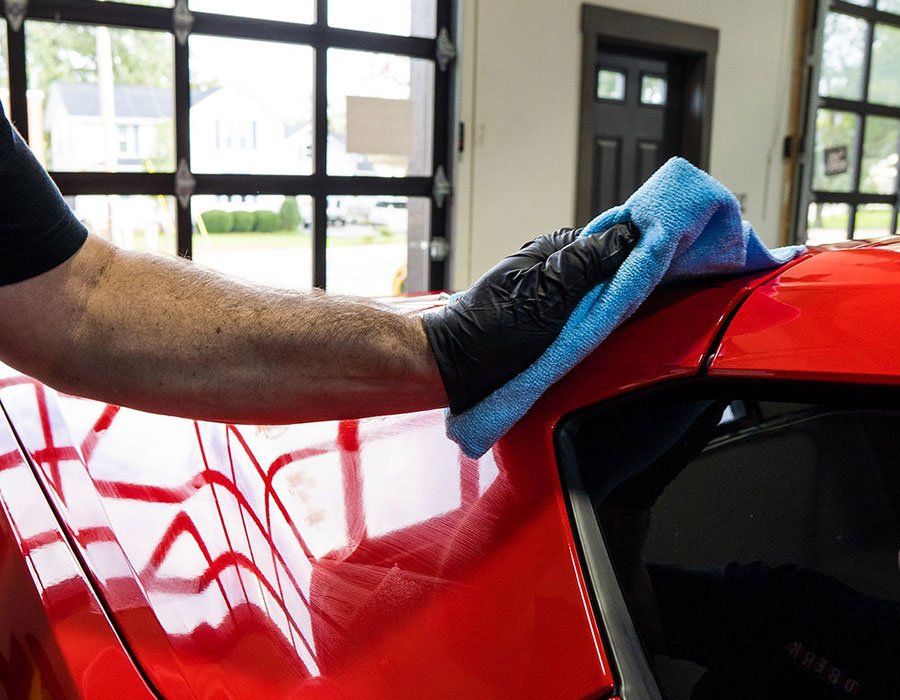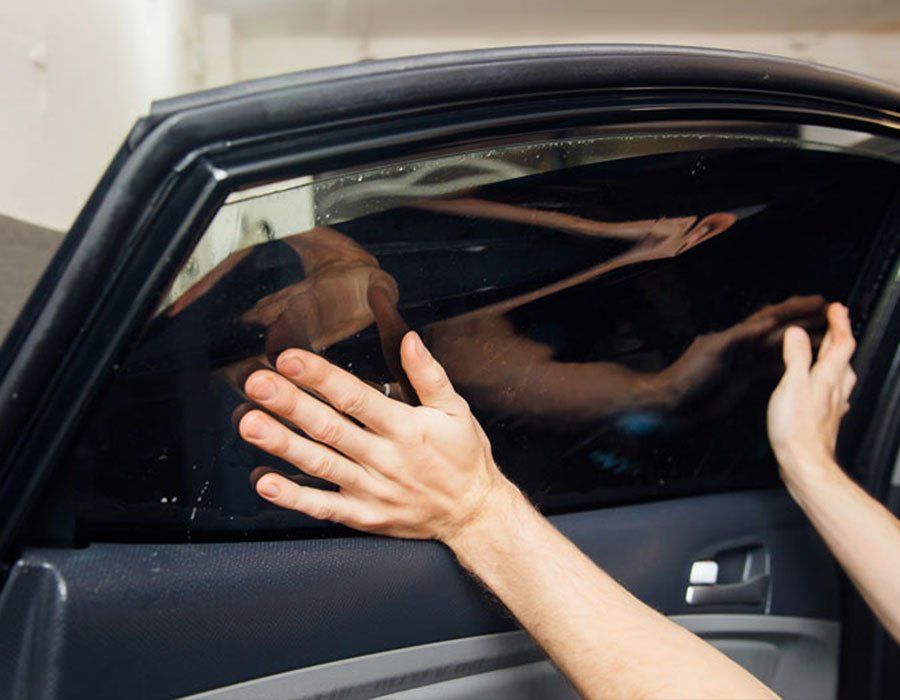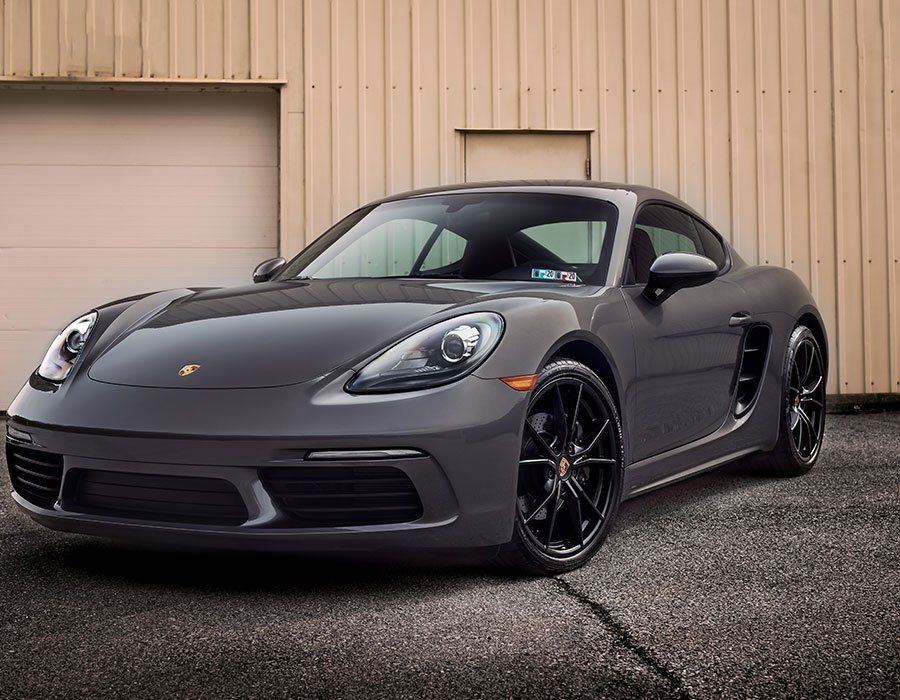When you purchase a new car, you may think that's it; you need nothing else. After you purchase a vehicle, it comes with so many other responsibilities. Well, guess what: if you want your new vehicle to always stand out, there are several measures you will have to take.
If you are concerned about the appearance of your vehicle after a paint job, a professional should install paint protection films. A paint protection film is worth the investment if you want your vehicle's paint to give you a 10-year service.
What is a Paint Protection Film?
When you purchase a new car, or you just brought your car from a paint job, the installation of a protection film will protect it. A paint protection film is a protective layer, mostly a self-healing film, that is applied to the top surface of your car to protect the paint.
Paint protection films prevent your painted surface from harsh exterior elements such as:
- Fine scratches and surface scratches.
- Road debris
- Rock chips.
- Road tar.
- Bird droppings.
- Fading or oxidation from UV rays
- Chemical stains
- Door dings.
- Rocks.
- Swirl marks.
- Sand
The quality of your vehicle and the resale value increase after the installation of this virtually invisible film. A paint protection film can be applied to your bumper, side mirrors, and full hood.
Types of Paint Protection Films
There are various types of paint protection film for your car. The PPF installed on your car depends on the type of protection you want or the color of your vehicle. Some of the PPFs used by professionals include:
- If your vehicle has a matte finish, choose satin PPF.
- Clear bra PPF film that offers complete coverage for your whole car.
- A clear coat can be applied to your car's full hood.
- Clear wrap PPF film.
- Rock chip protection film
- Car scratch protection film.
- Invisible shield.
- Gloss PPF.
Paint protection films generally come with a clear coat, so you do not have to worry about your vehicle's finishes. Talk to your professional about the warranty details, and he will help you decide which one to take.
What Is a Ceramic Coating?
Ceramic coating is applied to your car's exterior surfaces. It is bound to your vehicle with a chemical to form a protective layer. A ceramic coating protects your car from oxidation from UV rays, chemical stains, and acidic contaminants. Ceramic coatings offer better protection for your car compared to vinyl wrap and wax.
What Is the Difference Between Paint Protection Films and Ceramic Coatings?
Both ceramic coatings and PPF films improve the appearance of your car. They both offer UV protection for your car. Both of these films have protective benefits, but why should you prefer one over the other?
The installation process of a PPF saves you more time compared to the installation of ceramic coatings. Your PPF film has a chemical that enables self-healing. After any abrasion, your film is back to its original state, so it takes a long time before it wears out and tears. Paint protection has features such as stain resistance and self-healing, which a ceramic coating does not have. Your paint protection film is thus more durable and easy to maintain compared to a ceramic coating.
If your car has a paint protection film, it can absorb rock chips, swirl marks, scratches, and hard water spots without complete damage. Ceramic coatings cannot offer such protection to your car. A PPF protects your vehicle's paint from unsightly damage and very harsh external conditions. If you have a ceramic coating, you have certain restrictions on the places you can go. Paint protection films save you more money as they are less expensive compared to ceramic coatings.
A ceramic coating is better as it has hydrophobic properties. If your car has a paint protection film, it does have a hydrophobic coat, but it does not offer the same level of protection as a ceramic coating. Both of them can offer the best paint protection solution for your car. Choosing to install one film on some parts and the other on other parts, increase the quality and durability of your car.
What Are the Benefits of Paint Protection Films?
Installation of a paint protection film has more advantages than disadvantages for your car. Here are some of the benefits of a paint protection film:
Easy Installation
You can install a PPF film without anyone's help. It does not take much time for you to install this protective film. A DIY installation will save you time and ensure that your car is protected from externally harsh conditions. Though, if you want it to last longer, call an expert to apply the film to your car.
A One-Time Investment
A PPF can protect your car's paint for over 5 years. You will spend more during the installation process, but the film will last you for more than five years. Remember, if your car does not have a protection film, you will keep spending money on a paint job. The amount of money you spend on painting work will be more than getting the film itself. With a PPF, your car is less prone to wear and tear.
UV Protection
PPF prevents UV rays from penetrating your vehicle's surface. A PPF film protects your car from oxidation from UV rays. This gives your car a deep gloss and an outstanding appearance.
Increase Your Car’s Resale Value
Most car owners sell their cars after a few years of usage. Since a PPF protects your painted surface from harsh elements, in the long run, while selling your car, you will not have a lot of repairs to do. You only need a few repairs, and after that, you can sell it for a good price.
Easy Removal
The removal of a PPF is easier than removing your window tint. If your car has a ceramic coating, it takes a lot of time to remove compared to a PPF, as in ceramic coatings a chemical is involved. A professional uses a razor and applies very little heat, and in a few hours, your PPF film is taken off completely.
Are You Looking for a Professional Paint Protection Film Installation Company?
Auto Film Guys can give your car its original look by installing a paint protection film, ceramic coating, and window tint. Our professionals offer the best services to clients in Tarpon Springs, Florida. Call us today at 727-940-2340 to schedule an appointment with us.
The Auto Film Guys Blog
